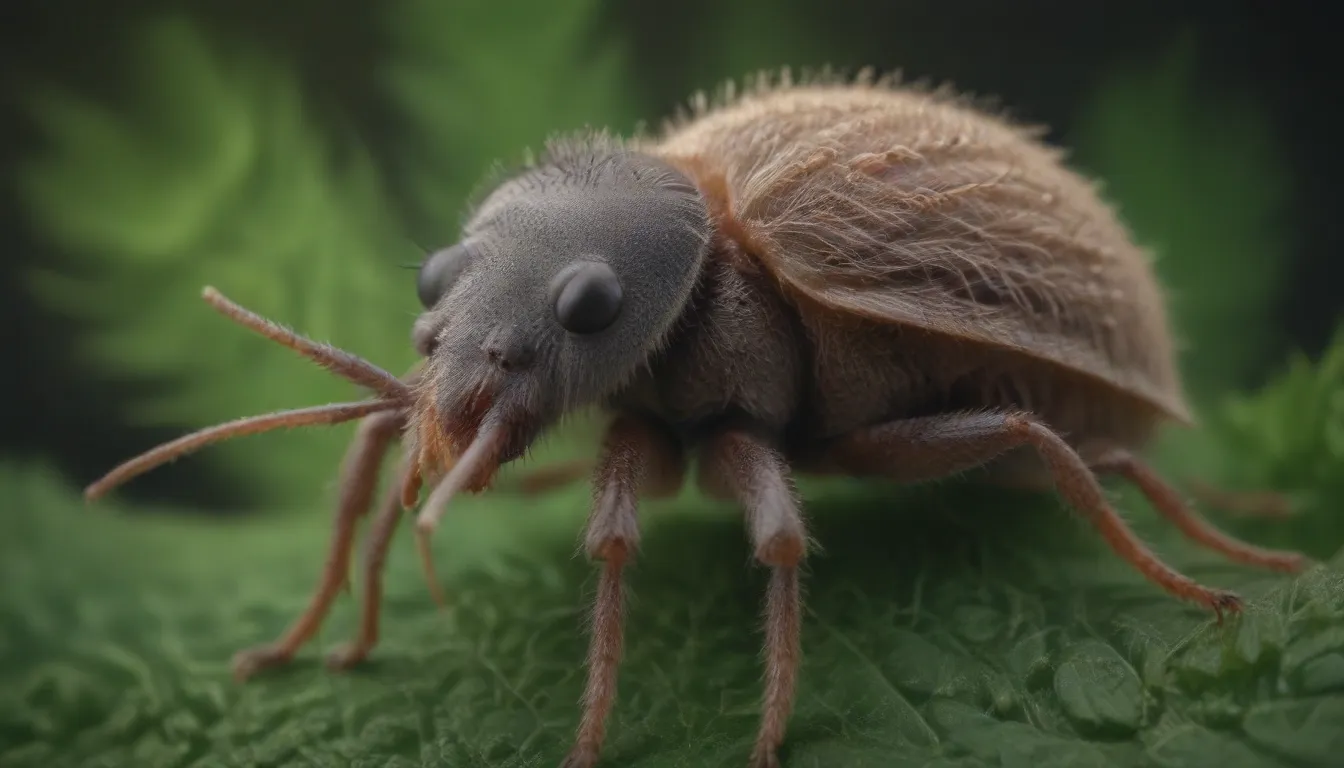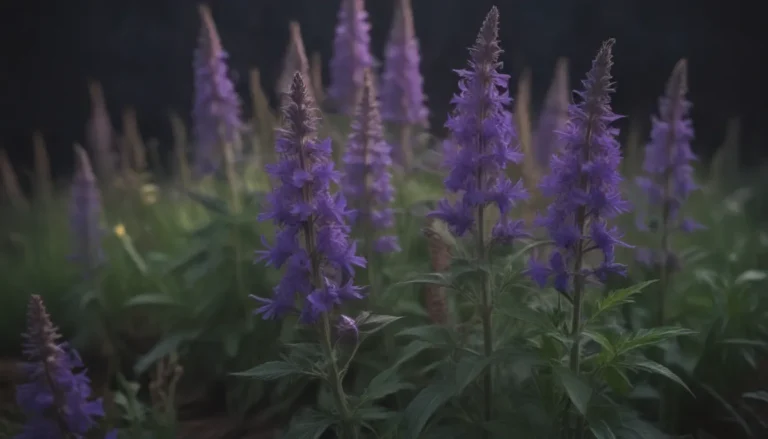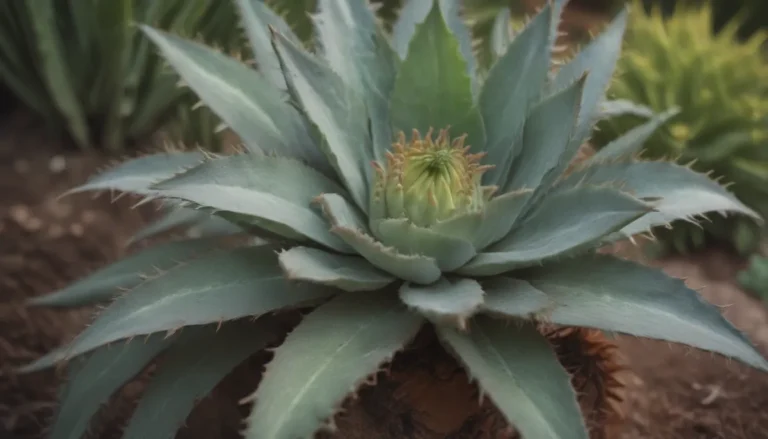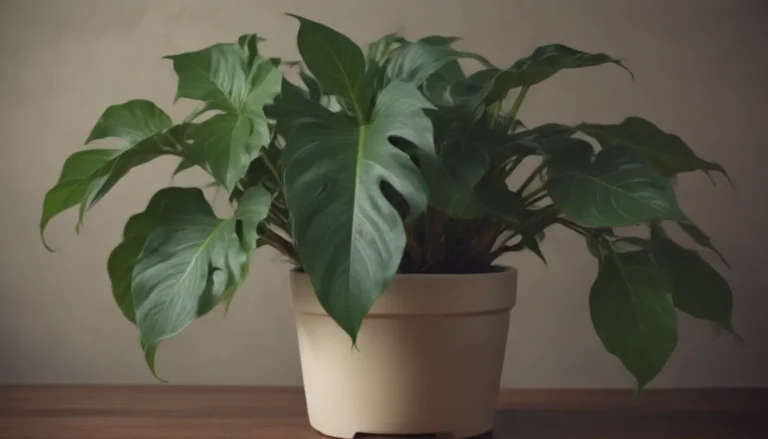Tips for Eliminating and Preventing Clover Mites

Clover mites may be tiny, but they can become a big nuisance when they invade your home or damage your garden plants. These pesky red bugs are most active in the early spring, with their presence diminishing as temperatures cool down in the late summer and fall. If you’re looking to rid your yard and home of these unwelcome guests, here are some tips to help you get started:
Identifying Clover Mites
Before you jump into action, it’s essential to confirm that you are indeed dealing with clover mites. These microscopic pests are red in color, smaller than a pinhead, and have eight legs. When crushed, they leave behind a distinctive bright red stain. If you suspect clover mites in your yard or home, perform this test for accurate identification.
Preventing Clover Mites
The first step in controlling clover mites is prevention. Maintaining a healthy lawn and avoiding an excess of nitrogen that attracts these bugs is crucial. Here are some preventive measures to keep clover mites at bay:
- Proper Lawn Maintenance:
- Mow grass at the right height (3-4 inches) to promote root growth.
- Avoid over-fertilizing with nitrogen-rich products.
- Strategic Planting:
- Plant trees and shrubs away from the house to prevent mites from crawling onto structures.
- Maintain a plant-free perimeter around your home to block mite entry.
- Choose Resistant Plants:
- Select plants that clover mites dislike, such as marigolds, petunias, and juniper.
Implementing these practices can reduce the likelihood of clover mite infestations in your yard and home.
Dealing with Clover Mites
If you’re faced with a heavy infestation of clover mites, it may be necessary to use insecticides. Follow these steps to effectively control them:
- Identify the Source: Determine the areas where clover mites are present.
- Choose an Insecticide: Select a product labeled for mite control.
- Apply the Insecticide: Treat infested areas in your yard and create a perimeter around your home.
- Repeat as Needed: Reapply the insecticide if clover mites reemerge in late summer or fall.
By following these steps, you can effectively combat clover mites and prevent them from invading your living spaces.
Distinguishing Clover Mites from Red Spider Mites
It’s essential to differentiate between clover mites and red spider mites, as they can cause distinct types of damage to garden plants. Here are some key differences between the two:
- Clover Mites:
- Appearance: Tiny red bugs with a bright red stain when crushed.
- Damage: Feed on plant sap, causing silvery discoloration; not harmful to humans.
- Red Spider Mites:
- Damage: Pierce plant cells to extract juices, leading to discoloration, distorted leaves, and dieback.
- Specific Types: European red mites and southern red mites target different plant species.
Understanding these distinctions can help you address mite issues effectively and protect your garden plants from damage.
Conclusion
Clover mites may be small, but their impact on your yard and home can be significant. By taking proactive steps to prevent infestations and employing targeted control measures, you can successfully manage clover mite populations and safeguard your plants and living spaces. Remember to monitor your property regularly for any signs of mites and address them promptly to avoid escalating problems. With these tips in mind, you can keep clover mites at bay and enjoy a pest-free environment all year round.





